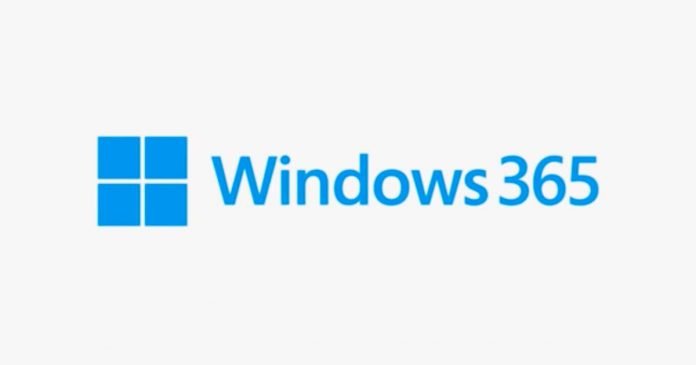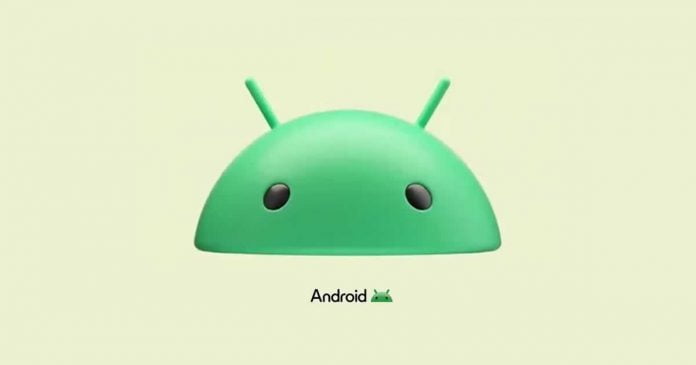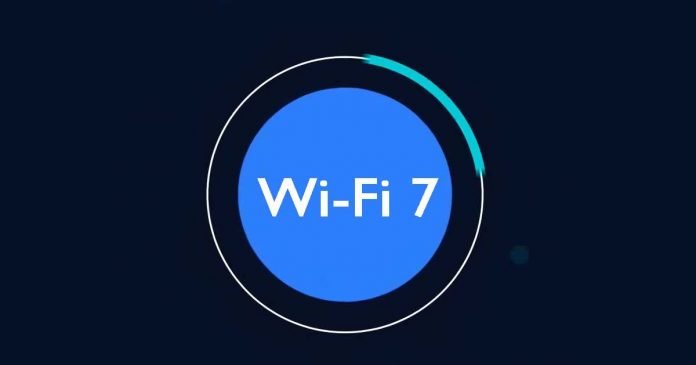Valve, the renowned video game developer and distributor, has reportedly started banning games on its platform, Steam, that feature AI-generated content. This decision has sent ripples across the gaming industry, raising questions about the future of AI in game development.
The news first came to light when Simon Carless, a game developer, shared his experience on Reddit. He had submitted a game for approval on Steam, containing AI-generated content. Much to his surprise, Valve rejected his submission. The reason? The game contained AI-generated content, a category that Valve has recently started to scrutinize more closely.
The company’s stance is clear: they will not approve games that cannot demonstrate legal ownership of the content. This is particularly challenging for AI-generated content, as the learning databases often contain materials copyrighted by artists. The final output of the AI can bear striking similarities to existing works, leading to potential copyright infringement issues.
The developer can resubmit the game after removing the AI-generated content, but they only get one shot at it. If the game still contains AI-generated content or if the ownership of the data is not proven, the game will be permanently blocked.
This new policy has sparked a debate among developers, many of whom have been leveraging AI to expedite their game development process. While Valve’s stance is understandable from a legal perspective, it has left many developers in a quandary.
Interestingly, Valve’s approach to AI-generated content seems inconsistent. For instance, the game “This Girl Does Not Exist,” which explicitly states that all its content, including art, story, characters, and even voice-over, was generated by machine learning AI, is still available on Steam.
As AI continues to permeate various sectors, its application in the gaming industry is inevitable. However, the recent move by Valve underscores the need for clear guidelines and regulations around the use of AI, especially when it comes to copyright issues.
While some countries like Japan have declared that using datasets for training AI models doesn’t violate copyright law, the global consensus on this issue is yet to be reached. Until then, developers will have to tread carefully when using AI-generated content in their games.



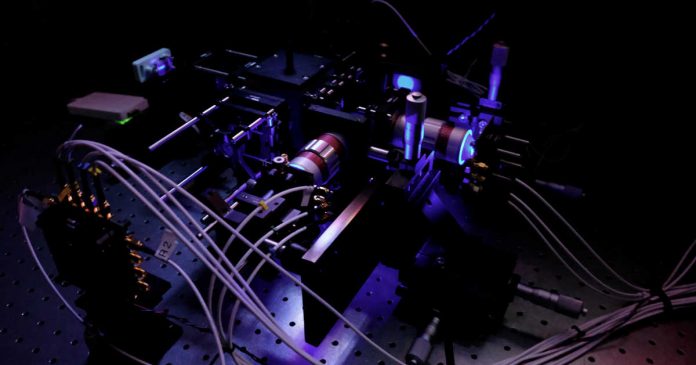
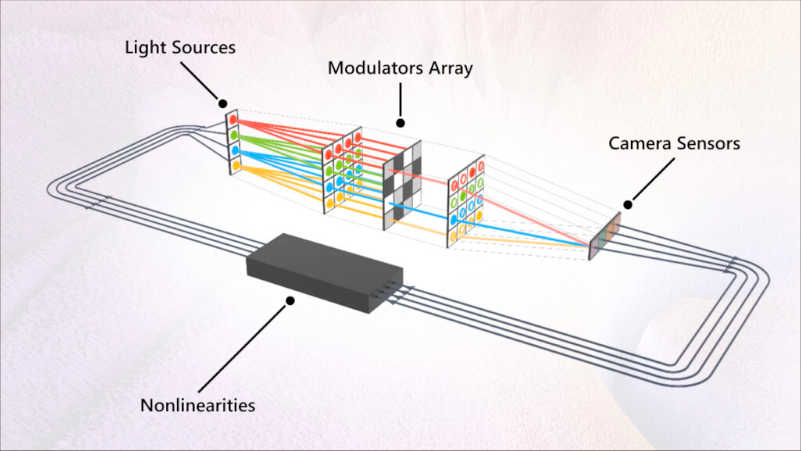
![youtube [TechLog360.com] youtube](https://tl360.b-cdn.net/wp-content/uploads/2015/10/youtube-TechLog360.com_-696x392.jpg)
